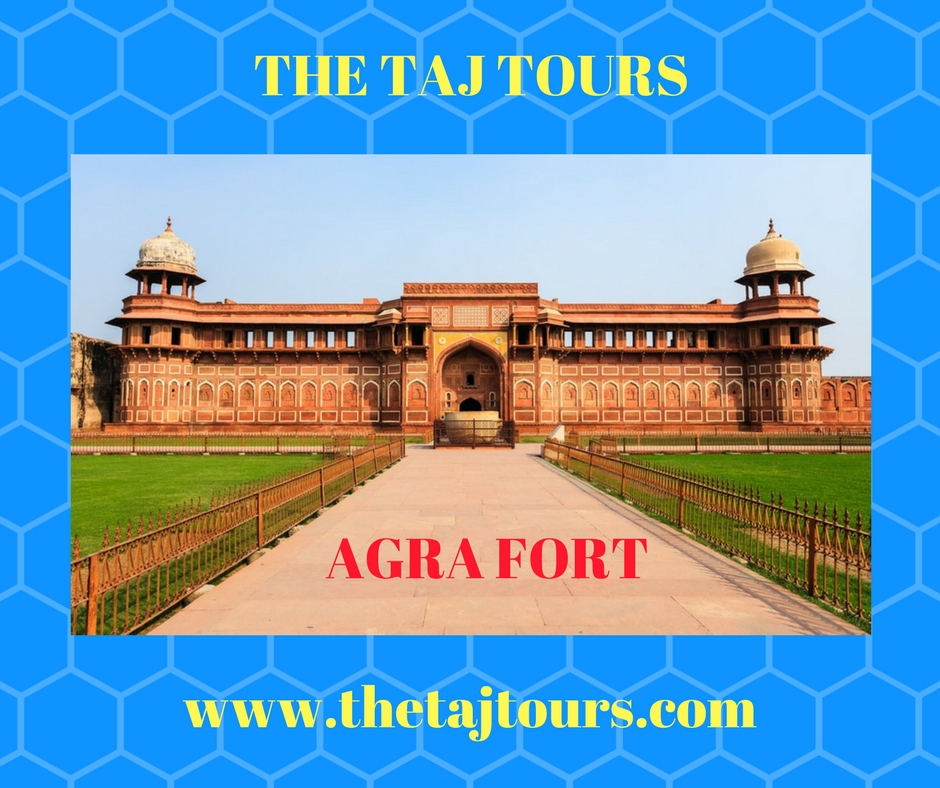Untold history of Agra Fort
AGRA FORT is one of the most imperative and strongly built edifices of the Mughal rulers, inflated with the sum of opulently adorned buildings incorporating the daunting Mughal style of art and construction. It is situated in Agra of Uttar Pradesh, India. The fort is popular among tourists as Red Fort, Fort Rouge and Laal Quila of Agra. It is positioned on the rightward bank of the Yamuna River and was built by the third Mughal king Akbar on the leftovers of a prehistoric place well known as Badalgarh.
The First Battle of Panipat was fought in 1526 between Ibrahim Lodhi and Babur. The victorious Babur stayed in the fort, in the palace of Ibrahim Lodi. He later built a baoli (step well) in it. His son, Humayun, was crowned in the fort in 1530. But later he was defeated by Sher Shah Suri at Bilgram in 1540. The fort remained with the Suri’s till 1555, until Humayun recaptured it.
During Akbar
Akbar realized the importance of its central location; he made it his capital and arrived in Agra in 1558. Akbar’s historian, Abul Fazl, mentioned that this was a brick fort known as ‘Badalgarh‘. It was in a ruined condition and Akbar had it rebuilt with red sandstone. Architects laid the foundation and it was built with burnt bricks in the inner core with sandstone on external surfaces. Some 4,000 workers worked on it daily for eight years, completing it in 1573.
Untold history of Agra Fort
Agra fort remained the capital of the Mughal for four generations. Apart from Akbar, his son Jahangir, his grandson Shah Jahan and his great grandson ruled India from this fort. All these emperors gave their contribution by adding different palaces to it. Thus, making it one of the most beautiful Mughal monument of India.
Did Shah Jahan amputated the hands of the workers of the Taj Mahal
Akbar and Jahangir both made use of red sandstone as the chief building material, as security and safety of the emperor was an important concern. Later, Shah Jahan tended to have buildings made from white marble. He destroyed some of the earlier buildings inside the fort to make his own.
During Shah Jahan
At the end of his life, Shah Jahan was deposed and restrained by his son, Aurangzeb, in the fort. In 1666, Shah Jahan died in Muasamman Burj, a tower with a marble balcony overlooking the view of the Taj Mahal.
During Aurangzeb
The Mughals shifted their capital to Delhi Red fort during the reign of Aurangzeb. Agra fort was invaded and captured by the Maratha in the early 18th century. After their catastrophic defeat at Third Battle of Panipat by Ahmad Shah Abdali in 1761, Marathas remained out of the region for the next decade. Finally Mahadji Shinde took the fort in 1785. It was lost by the Marathas to the British during the Second Anglo-Maratha War, in 1803.
In 1806, British governor Lord Lake captured it. The fort was the site of a battle during the Indian rebellion of 1857, which caused the end of the British East India Company’s rule in India, and led to a century of direct rule of India by Britain.
Finally, India gained independence on 15th August 1947 and it became a part of our heritage. It became an UNESCO site in 1983.




